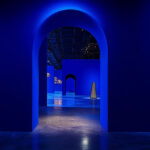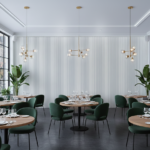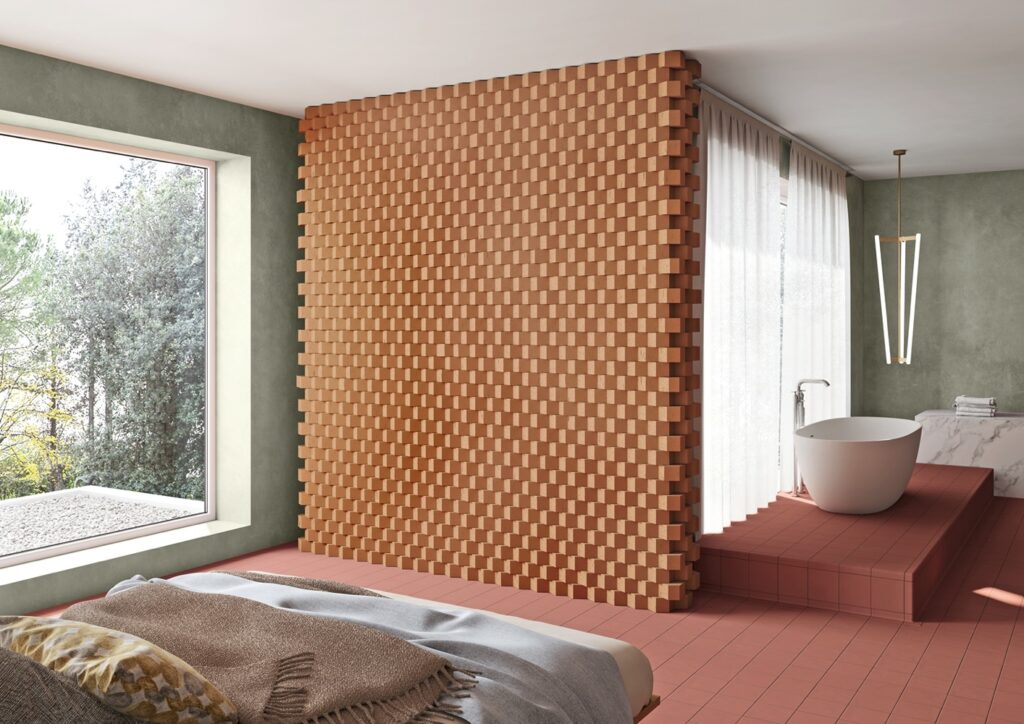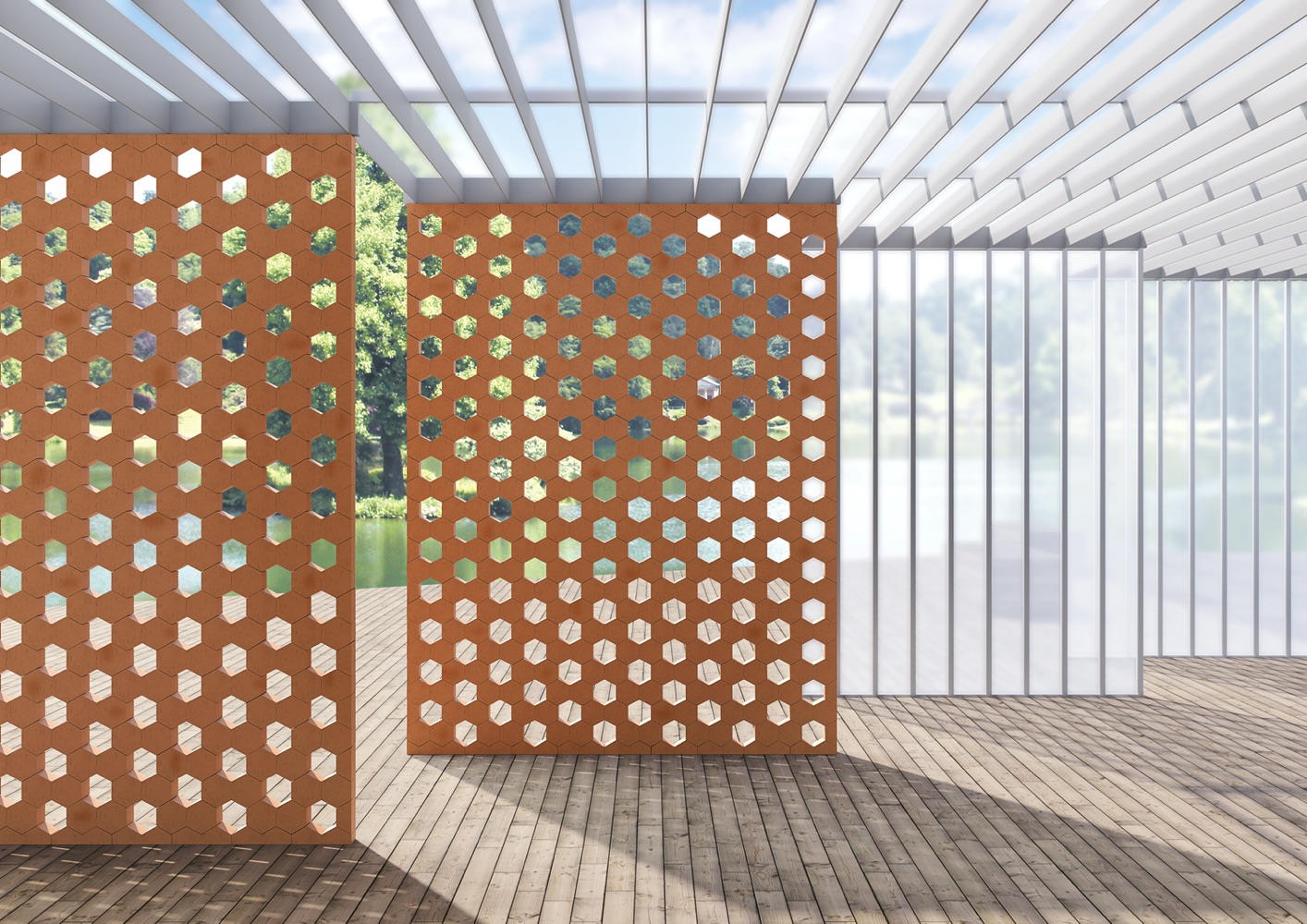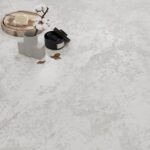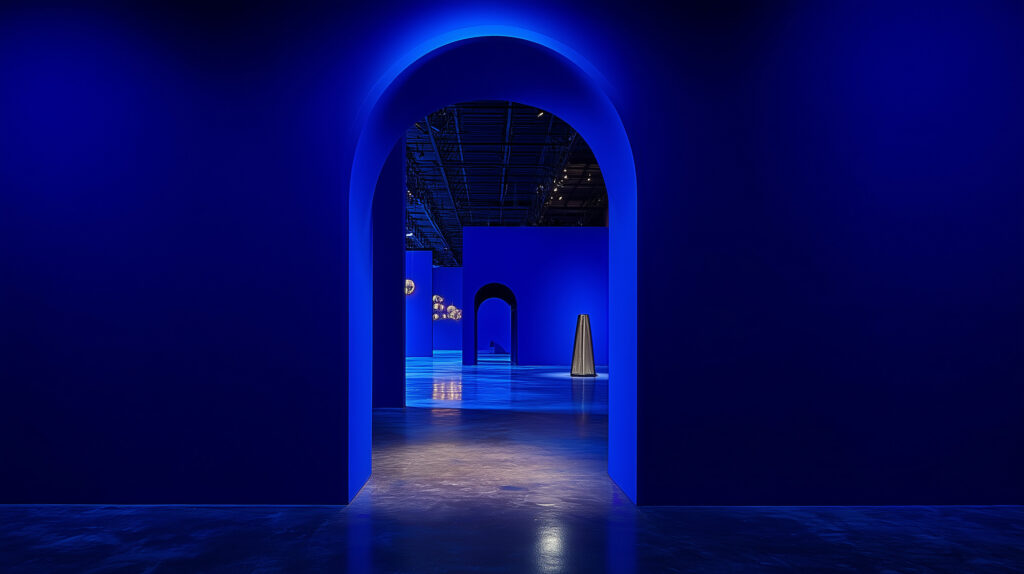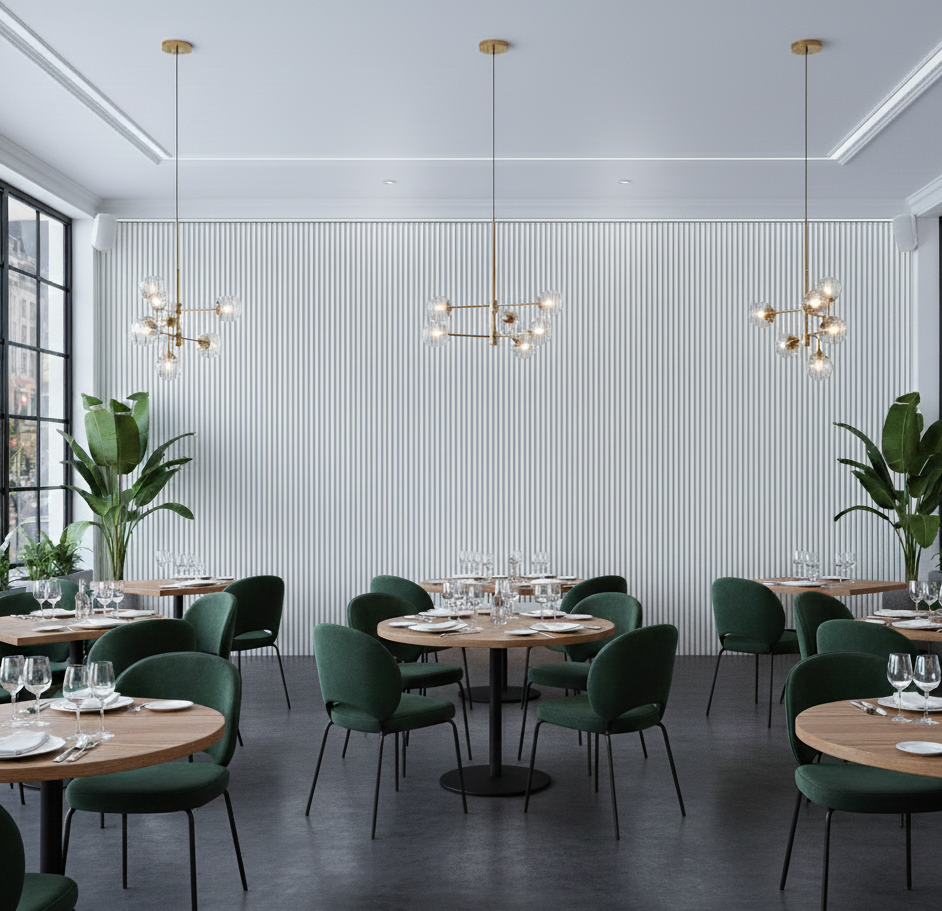Hives, designed by Konstantin Grcic for Mutina, is a new collection of 3D hexagonal bricks
For the new Hives project by Mutina, Konstantin Grcic was inspired by nature; in fact, to design a hexagonal brick, he drew inspiration from the structure of a beehive. These bricks can be used to build walls, architectural structures and furnishings; moreover, their shape makes them suitable to develop new graphic patterns with a strong decorative value. In the beehive, Grcic has found an extremely efficient structure that is also potentially infinitely expandable.
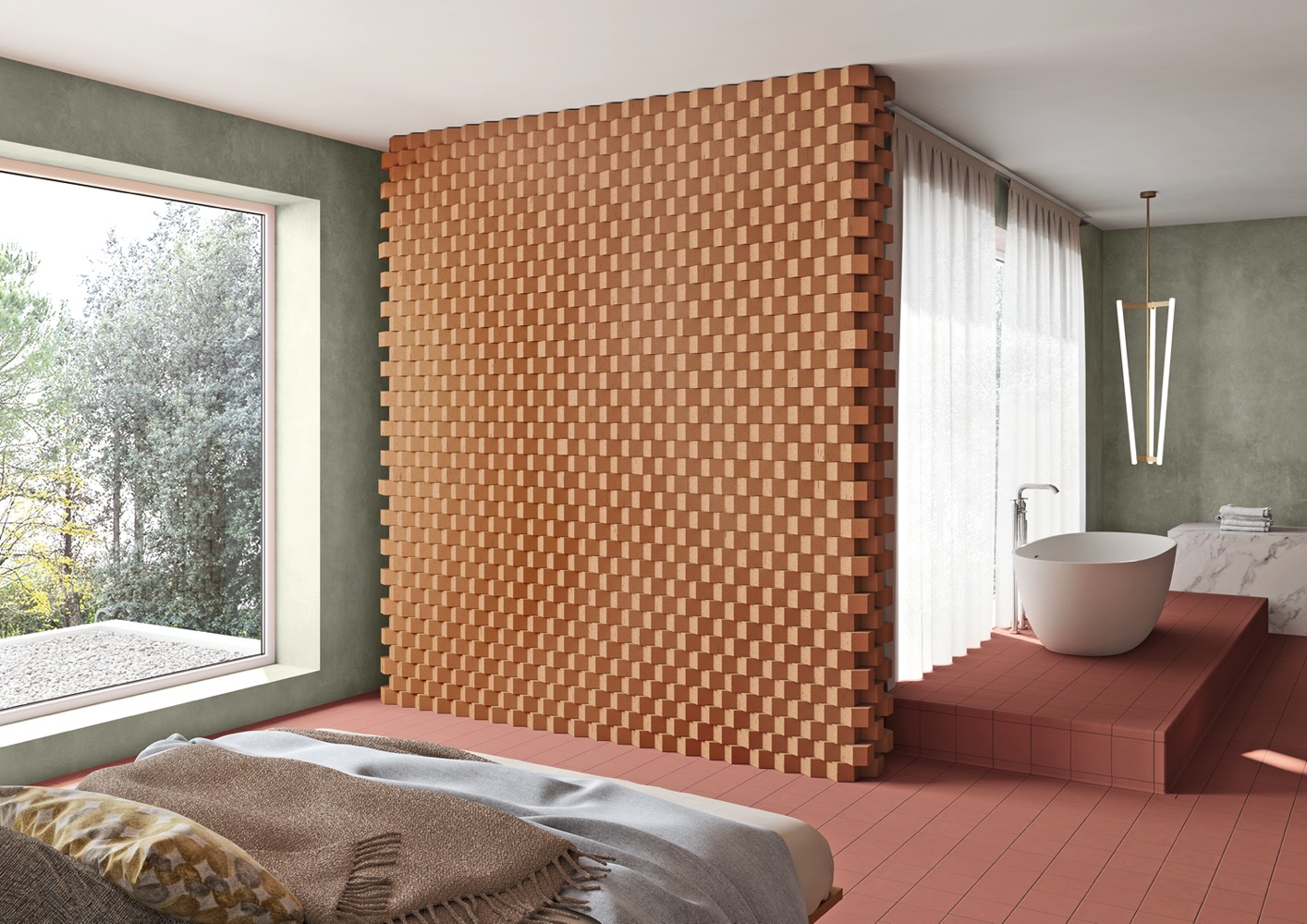
Hives consists of a single terracotta element. Terracotta is one of the oldest building materials, and the bricks from the Hives collection preserve its acoustic and thermal properties, warm color, and texture. Wire drawing is used to produce the single brick; the module is available in a single size, 13 x 22.5 x 7 cm.
Discover the Ceramica watches by Konstantin Grcic for Rado
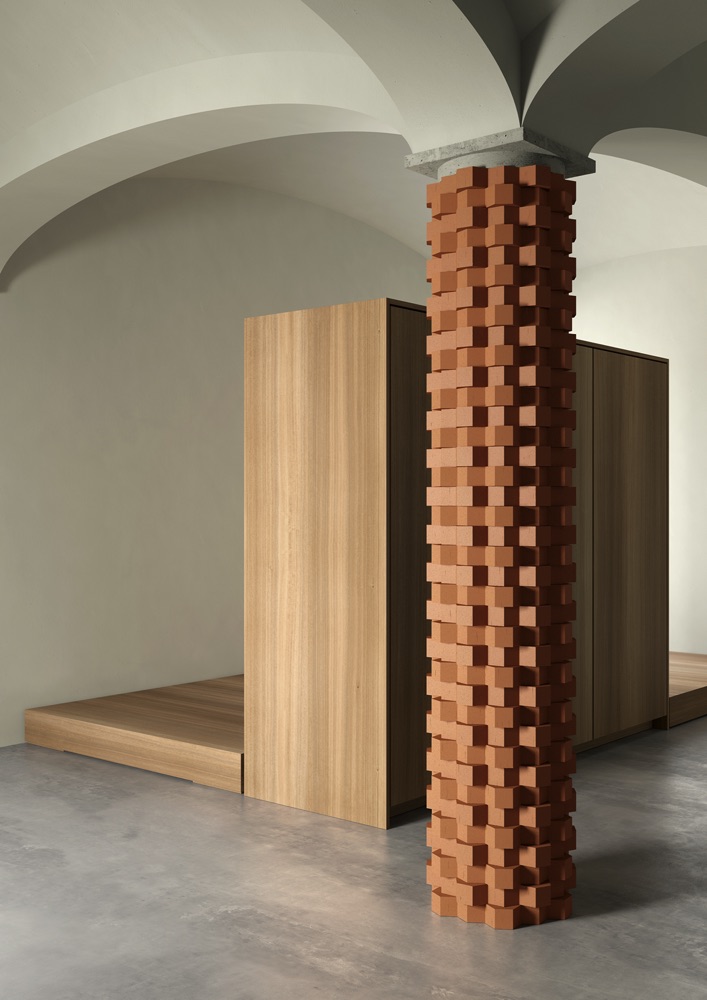
The Hives brick can be used both indoor and outdoor, as long as it is covered; it is possible to lay it in different ways to create contemporary and innovative aesthetic solutions. The bricks can be laid both vertically, to build partition walls, and horizontally, either aligned or staggered, to obtain curved walls for the construction of architectural elements and furnishing accessories, such as columns, counters or table legs.
Mutina and Hives respect the environment
Like all Mutina collections, Hives is made respecting the environment; the mixture used for the bricks is free of VOCs (Volatile Organic Compounds) and substances present in the list of Substances of Very High Concern (SVHC) and Restricted Substances Declaration. Their packaging is fully recyclable. Moreover, the elements are hygienic, long-lasting, have excellent resistance and are recyclable.

“I would have loved to design a rectangular brick, but that has already been done,” said Konstantin Grcic. The hexagon is interesting because it is both geometric and organic. It looks technical, but it was invented by nature. Beehives are modelled from hexagons – it is the most efficient geometry to achieve an almost infinitely expandable structure.”


